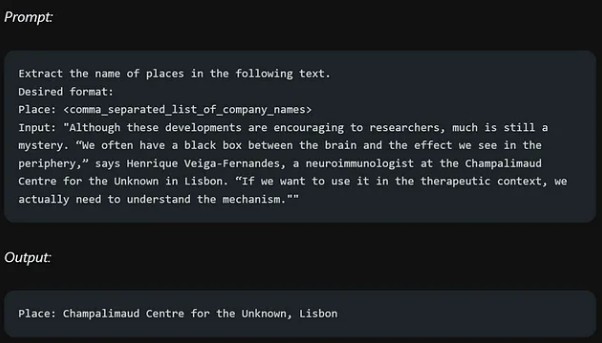Mastering Prompt Engineering: Techniques, Applications, and Best Practices
The ability to craft well-structured prompts is a game-changer in AI-driven solutions. Whether you're generating text, images, or code, the quality of the output heavily depends on how the prompt is framed. In this blog, we'll explore the best techniques, practical applications, and essential best practices to enhance your prompt engineering skills. Prompt engineering is the process of designing effective inputs for AI models to generate desired responses. It requires clarity, context, and an understanding of how models interpret and process information. A well-structured prompt ensures relevant and high-quality outputs.
The quality of an answer depends on the quality of the question.
by Tony RobbinsPrompt engineering is not just about asking a question—it’s about asking the right question in the right way. The best prompts provide clear instructions, eliminate ambiguity, and define specific constraints to guide the AI model toward the intended outcome. For instance, a simple prompt like “Write about artificial intelligence” may generate a broad and unfocused response, whereas a refined prompt like “Explain the impact of artificial intelligence in healthcare with examples of its applications in medical diagnosis and treatment” leads to a more structured and relevant answer.
As AI technology becomes more integrated into various industries—ranging from content creation and customer support to software development and scientific research—understanding prompt engineering is becoming increasingly valuable. In this blog, we will explore key techniques to craft effective prompts, real-world applications of prompt engineering, and best practices to optimize AI-generated responses. Whether you’re a developer, writer, marketer, or researcher, mastering prompt engineering can significantly enhance the way you interact with AI models.


